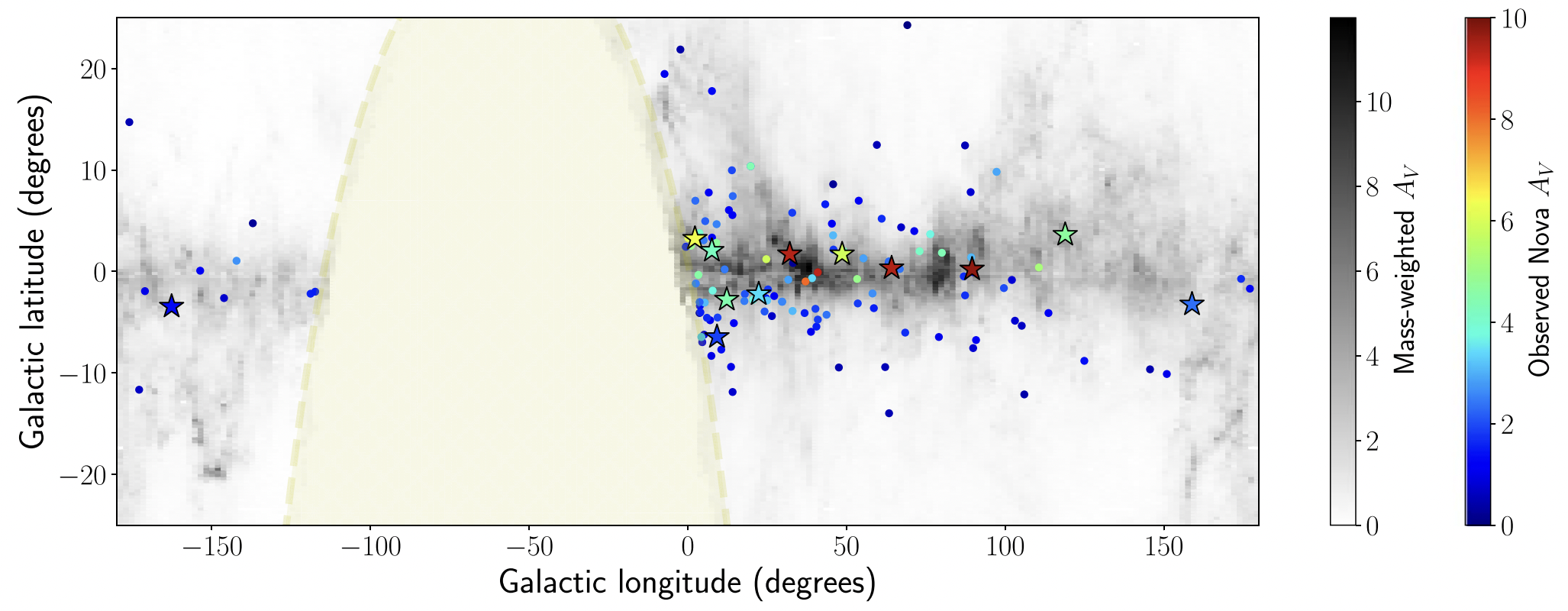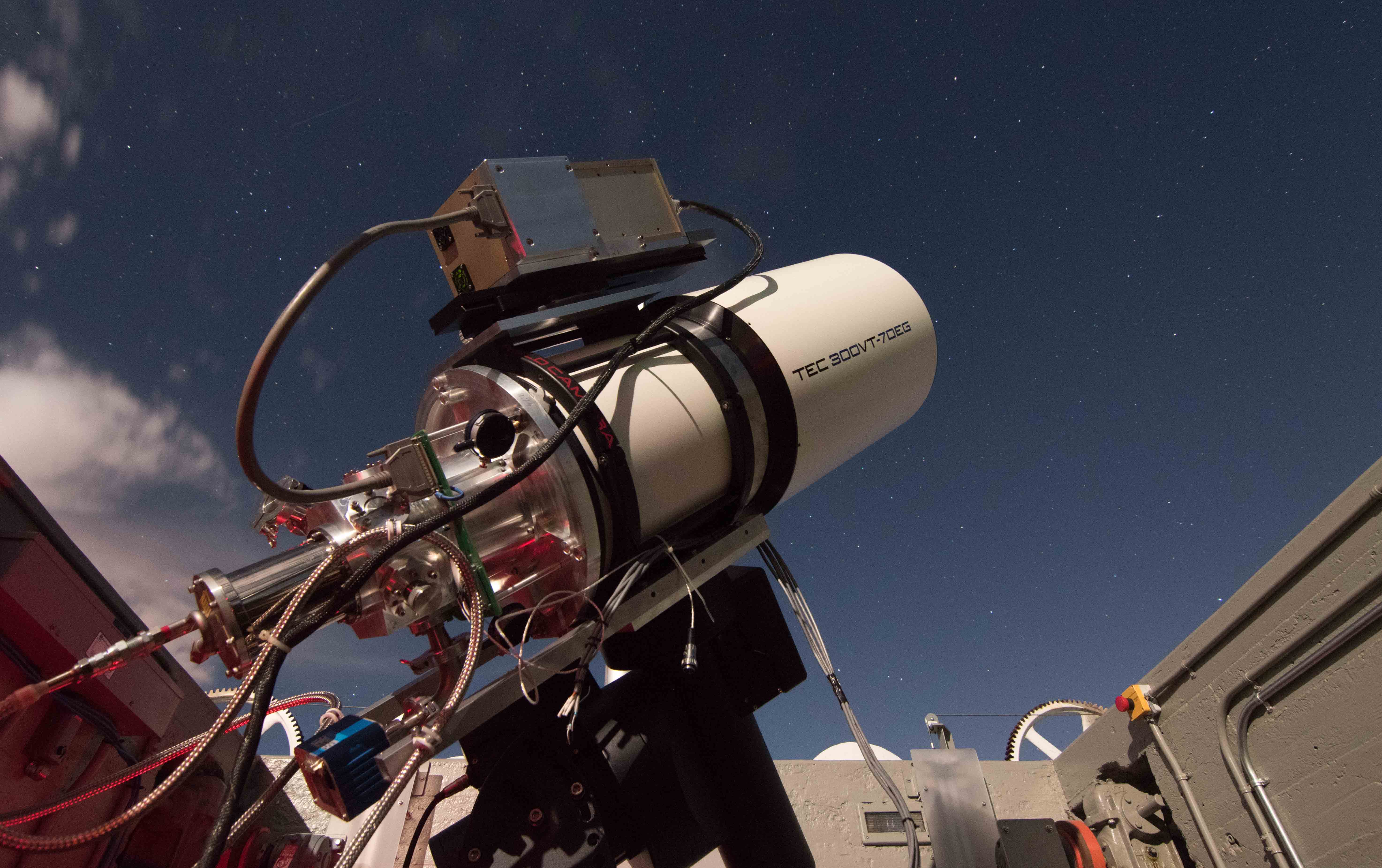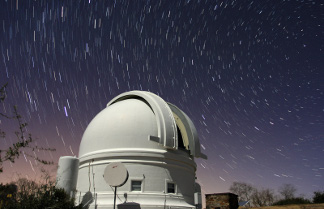Cosmic fireworks from compact stellar binaries
I am an Assistant Professor in the Department of Astronomy at Columbia Univeristy and Associate Research Scientist at the Center for Computational Astrophysics, Flatiron Institute in New York City. I work with wide-field imaging surveys on the ground and in space to discover cosmic fireworks from stellar binaries in our Galaxy and in the distant Universe. Using panchromatic follow-up facilities, I try to understand the role of stellar cataclysms in shaping the unvierse as we "see" it in light and "hear" it in gravitational waves. You can find more details of my recent work here.
Between 2021-2024, I was a NASA Einstein Fellow and Kavli Institute Fellow at the Massachusetts Institute of Technology, and a Postdoctoral affiliate at the Institute for Theory and Computation at Harvard University. I obtained my PhD in Astrophysics from the California Institute of Technology in 2021, under the supervision of Mansi Kasliwal. As part of my thesis, I served as the data pipeline lead and helped commission Palomar Gattini-IR, the first wide-field infrared time domain survey to study dust obscured eruptions in the Milky Way. Using the Zwicky Transient Facility wide-field optical time domain survey, I helped construct the largest volume-limited sample of nearby supernovae to study faint and fleeting explosions from the eruptions of helium shells on white dwarfs and births of neutron stars in compact binary systems. Previously, I obtained my undergraduate degree in Physics from the Indian Institute of Science in 2016, working with Yashwant Gupta and Prateek Sharma on high time resolution studies of radio pulsars. You can find a copy of my CV here.




